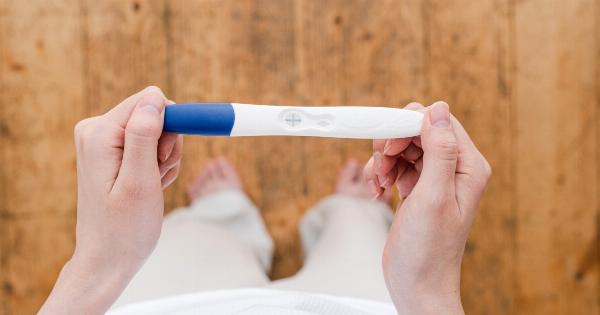Preeclampsia is a medical condition that usually develops in the second or third trimester of pregnancy. It is characterized by high blood pressure and proteinuria.
If left untreated, it can develop into eclampsia, a serious complication that can cause seizures, stroke or even death in the mother and infant. Preeclampsia is one of the leading causes of maternal and infant mortality worldwide.
What causes preeclampsia?
The exact cause of preeclampsia is not yet fully understood. However, research suggests that it is linked to problems with the placenta. The placenta is responsible for supplying the fetus with oxygen and nutrients.
If the placenta is not functioning properly, it can lead to preeclampsia. Other risk factors for preeclampsia include first-time pregnancy, multiple pregnancies, obesity, and pre-existing medical conditions such as hypertension or diabetes.
The impact of preeclampsia on the infant mortality rate
Preeclampsia has a significant impact on infant mortality rate. Studies have shown that infants born to mothers with preeclampsia are more likely to be born prematurely and have low birth weight.
This increases their risk of health problems such as respiratory distress syndrome, feeding difficulties, infections, and neurological disorders. Premature infants are also more likely to die in infancy than full-term infants. In addition, infants born to mothers with preeclampsia are at higher risk of stillbirth.
Preventing preeclampsia
Although the exact cause of preeclampsia is not known, there are some measures women can take to reduce their risk of developing the condition.
These include maintaining a healthy weight, avoiding alcohol and cigarette smoking, and managing pre-existing medical conditions such as hypertension or diabetes. Regular prenatal care is also important in monitoring blood pressure, proteinuria, and other markers that may indicate the development of preeclampsia.
Early detection and treatment can help prevent complications and reduce the risk of infant mortality.
Treatment of preeclampsia
The only cure for preeclampsia is delivery of the baby and placenta. However, if preeclampsia develops earlier in the pregnancy, delivery may not be an option because the baby is too premature to survive outside the womb.
In these cases, women may need to be hospitalized for closer monitoring of their condition and the baby’s health. Treatment may include medications to lower blood pressure and prevent seizures, bed rest, and early delivery if the condition worsens.
The importance of prenatal care
Prenatal care is crucial for the detection and management of preeclampsia. During prenatal care, healthcare providers can monitor blood pressure, proteinuria, and other markers that may indicate the development of preeclampsia.
Women can also receive counseling on healthy behaviors that can reduce their risk of developing the condition. Early detection and treatment can help prevent complications and improve outcomes for both the mother and infant.
The role of public health initiatives
Public health initiatives can play an important role in reducing the incidence and impact of preeclampsia.
These initiatives may include education campaigns to raise awareness of the risk factors, symptoms, and importance of prenatal care for preeclampsia. Programs may also be developed to improve access to prenatal care for women who are at high risk of preeclampsia. Research into the underlying causes of preeclampsia may also lead to the development of effective prevention and treatment strategies.
In conclusion
Preeclampsia is a serious condition that can have significant impacts on both maternal and infant mortality rates. It is important for women to receive regular prenatal care to monitor their health and the health of their baby.
Early detection and treatment can help prevent complications and improve outcomes for both the mother and infant. Public health initiatives are needed to raise awareness of the risk factors, symptoms, and importance of prenatal care for preeclampsia.





























